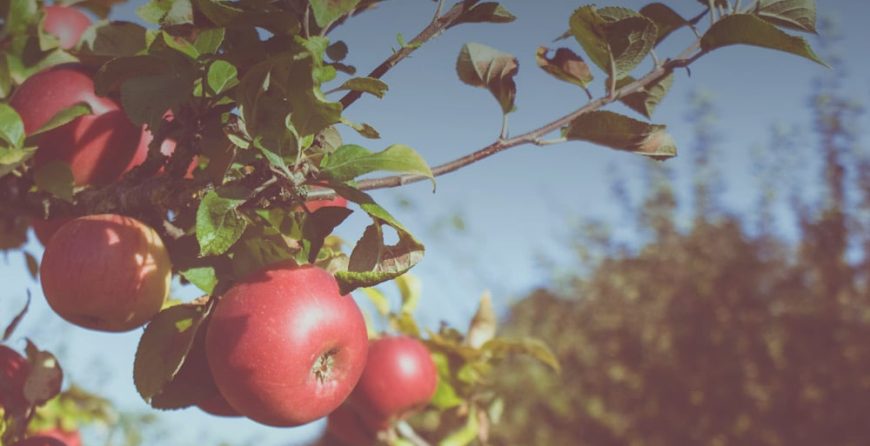 The best time to cultivate your fruit trees is determined by your zone classification. The ideal time to cultivate in zones 3 to 7 is beginning of spring when the soil is thawed and February for zone 8 to 10 regions. Before planting, identify a sunny location that has well-drained and fertile soil. After identifying the location, dig a planting hole that should be twice the size of the tree seedling roots. Spread the roots carefully in the planting hole and cover with soil. Make sure that the tree seedlings are at the same depth and height as they were in the nursery.
The best time to cultivate your fruit trees is determined by your zone classification. The ideal time to cultivate in zones 3 to 7 is beginning of spring when the soil is thawed and February for zone 8 to 10 regions. Before planting, identify a sunny location that has well-drained and fertile soil. After identifying the location, dig a planting hole that should be twice the size of the tree seedling roots. Spread the roots carefully in the planting hole and cover with soil. Make sure that the tree seedlings are at the same depth and height as they were in the nursery.
Water the seedling adequately and place a trunk guard that is made of spiral plastic or hardware cloth at the lowest part of the truck for protection against rodents, physical injuries, insects and sunscald. Mulch the root zone with slow rotting mulch like sawdust or wood chips and water adequately during dry spells over the first two years. Start fertilizing organically a year after planting. It is advisable to fertilize during spring and make sure that the organic fertilizer gets directly to the soil.
Pruning fruit trees
Whether practicing conventional or organic gardening, fruit trees must be pruned. They are pruned to ensure that fruits and leaves have adequate access to fresh air and light. However, pruning patterns vary with fruit tree types and species. For instance, some pear and apple trees can be pruned and trained into wall hugging or fences. Pruning should begin after the first year and later follow every late winter before the buds swell. It is advisable to prune much of questionable growth. For instance, Asian pear trees that produce dime sized pears should be pruned to 30 percent. That is, 70 percent of the green fruit producing twigs should be pruned to increase fruit size.
Diseases and pests
Some fruit trees are prone to pest infestations and can easily succumb to a wide range of diseases. As such, organic gardening experts recommend planting resistant fruit tree varieties. Alternatively, use natural/ organic methods to fight pest infestations. For instance, stone fruits are highly prone to brown rot; a fungal disease that can be alleviated by applying sulfur spray that also suppresses other diseases and pests. Also, allowing the chicken to forage under fruit trees is a natural way of suppressing insects. You could also coat the trees with kaolin clay to repel insects.
Harvesting and storage
Apart from pears, all fruits should be harvested just before they ripen fully and chilled to slow spoilage. Most apples improve flavor after just a few weeks of chilled storage. Soft fruits like cherries, plums, peaches and nectarines must be canned, juiced and frozen a few days after harvesting to avoid spoilage if you plan on storing them for long.
After harvesting
Fortunately or unfortunately, harvesting almost always happens at the same period. So, you need high food preservation skills to store your fruits and retain freshness. Fruits bruised during harvesting should be attended to first; they should be consumed or canned or persevered accordingly. You could also freeze and can homemade fruit juices for use in smoothies or baking.


